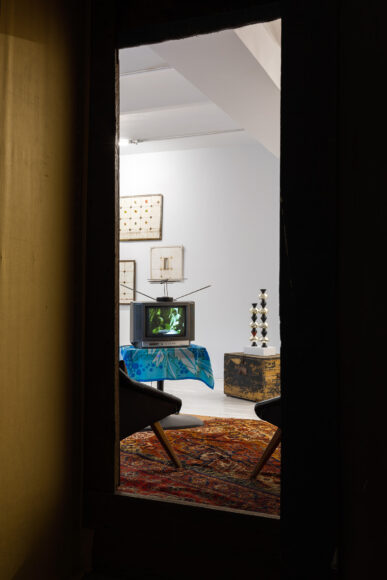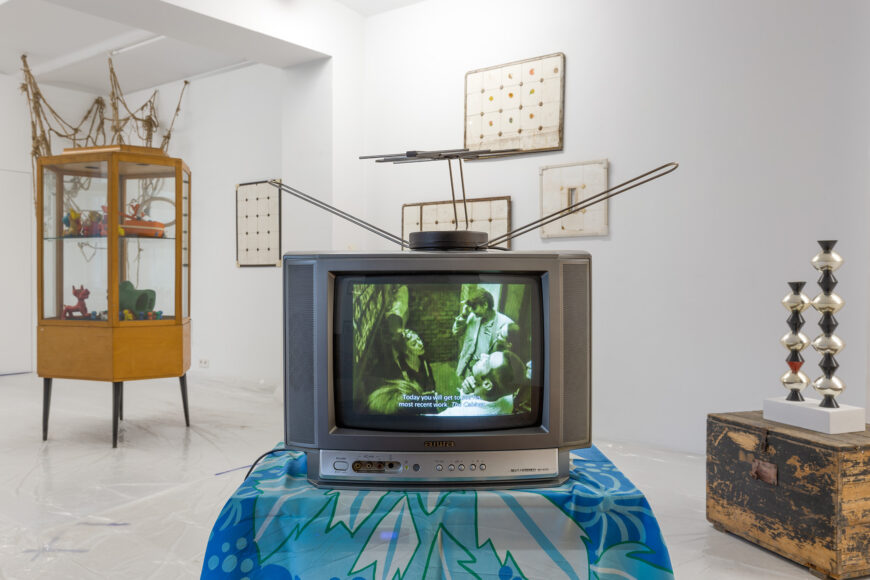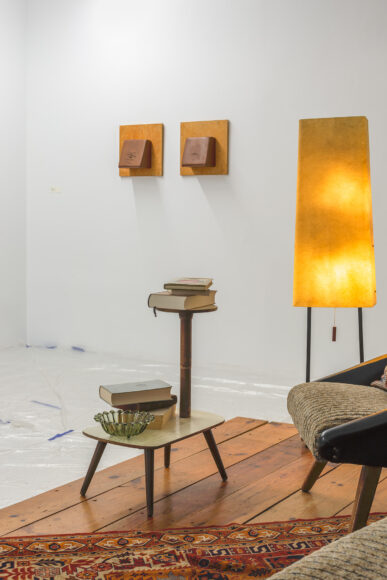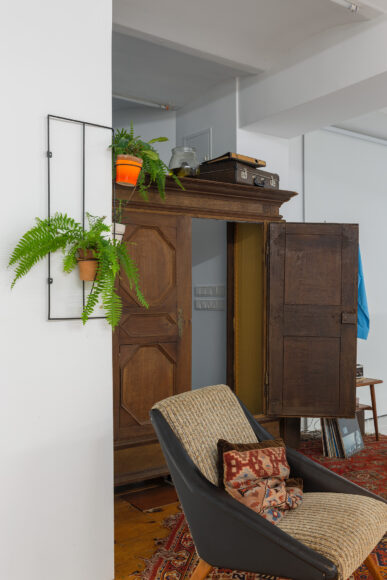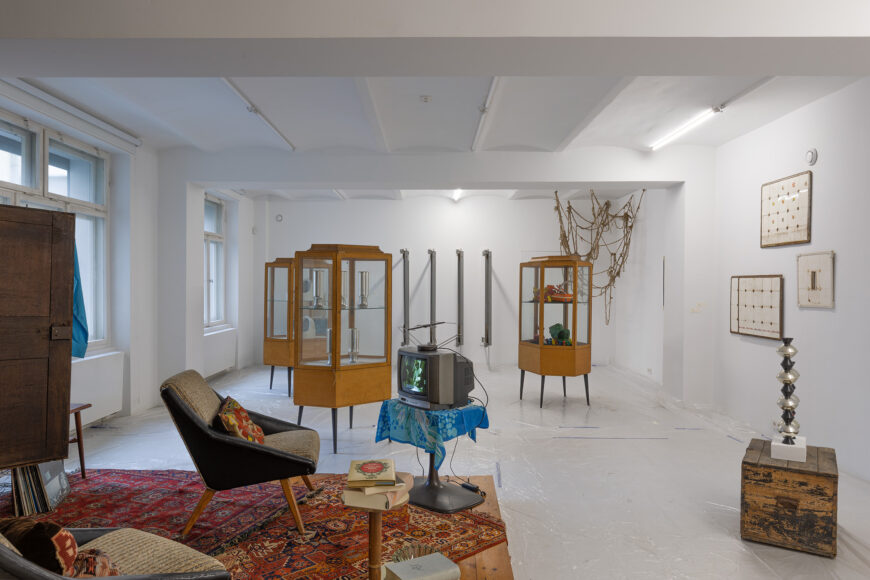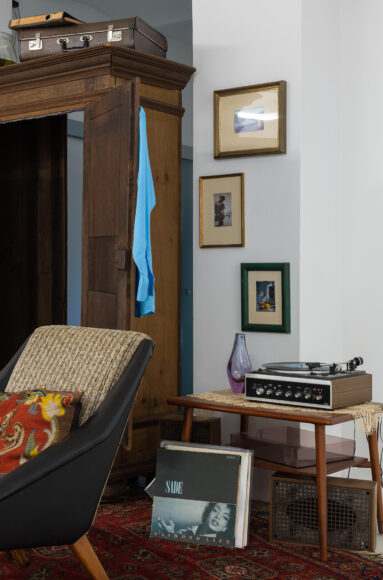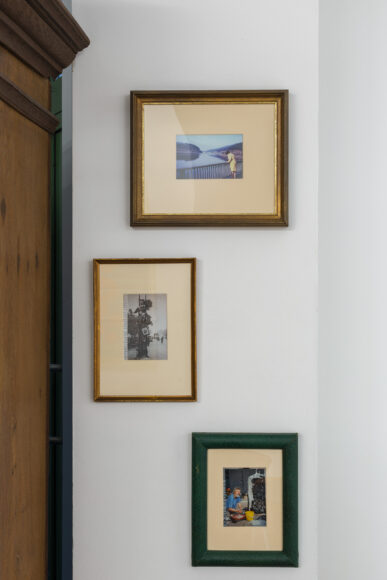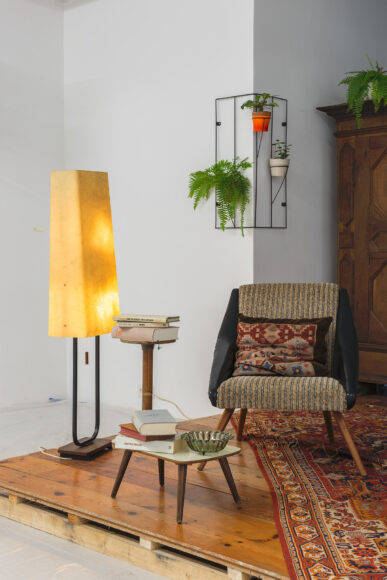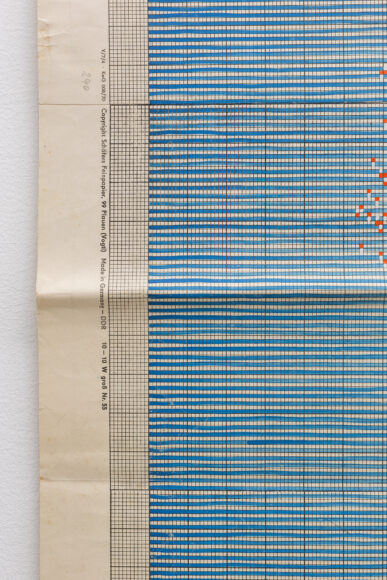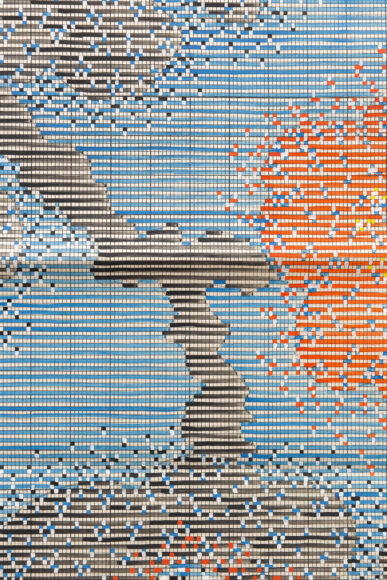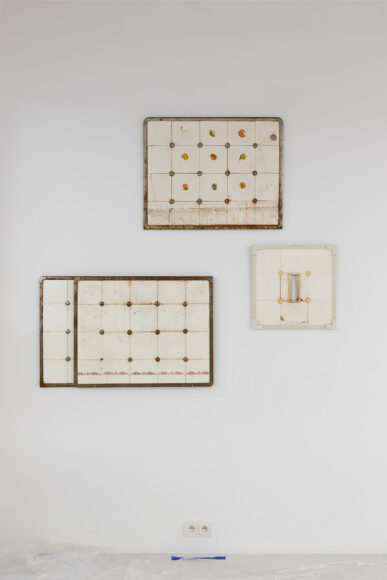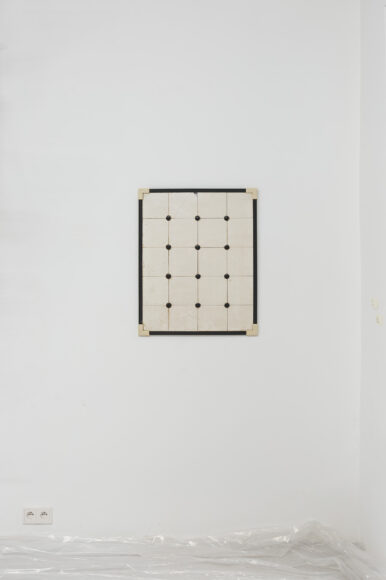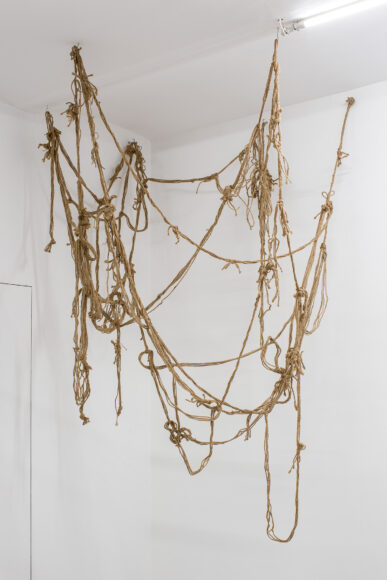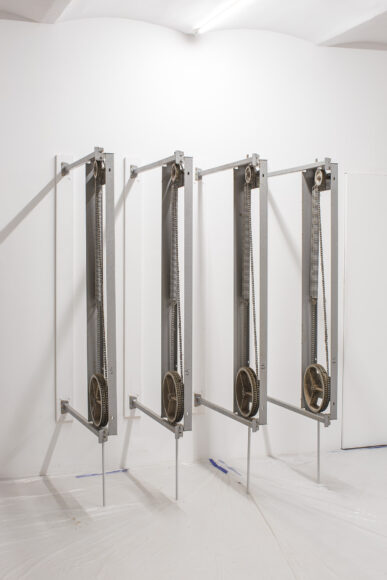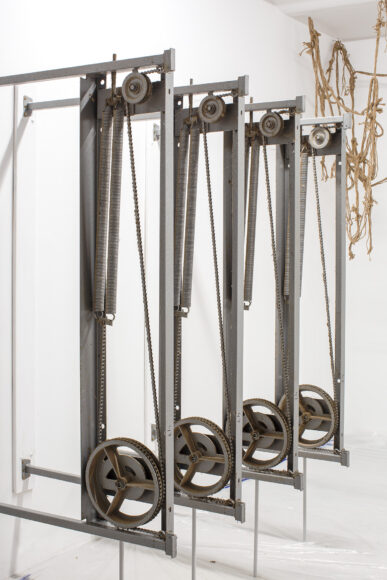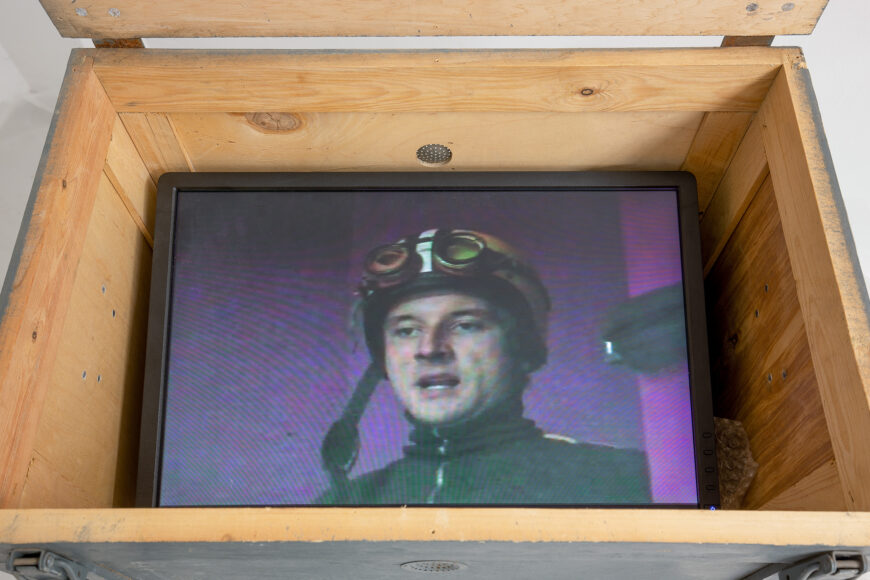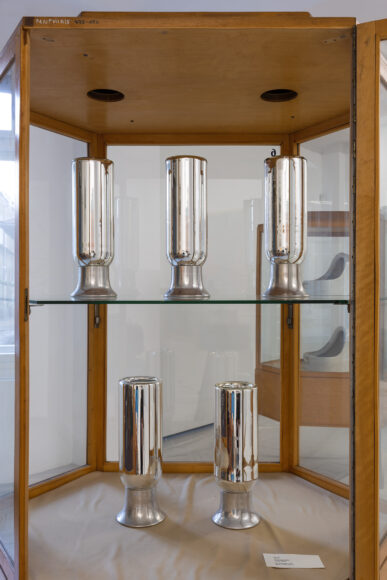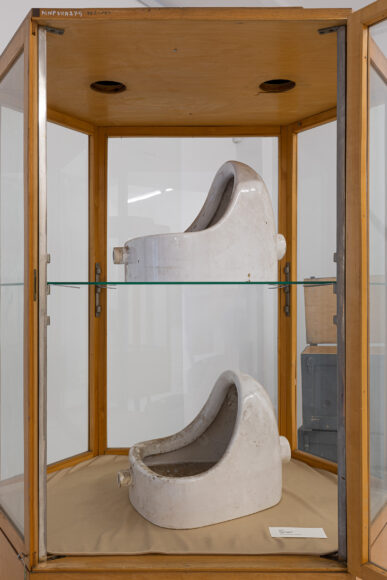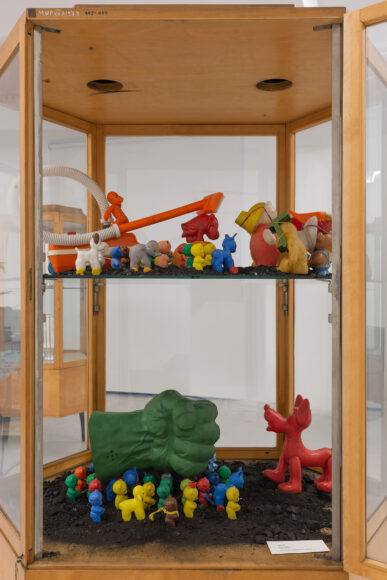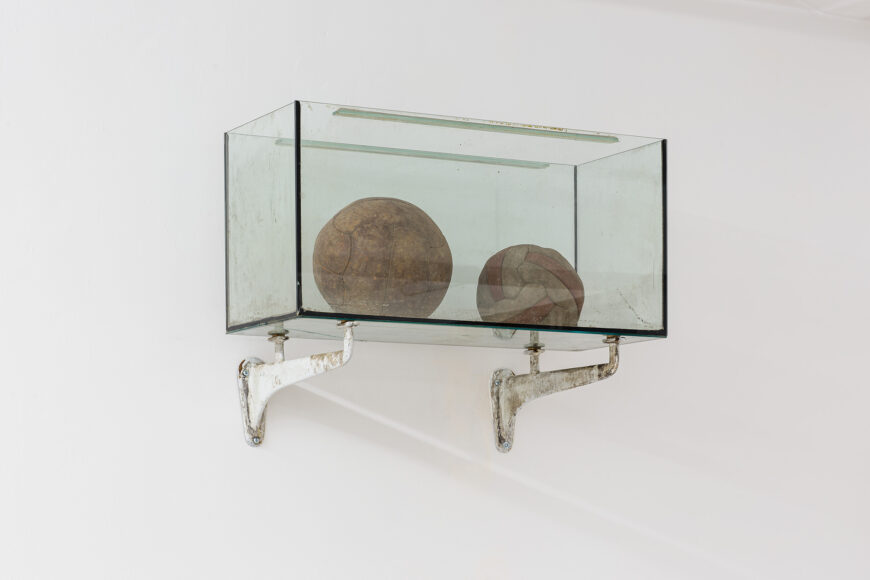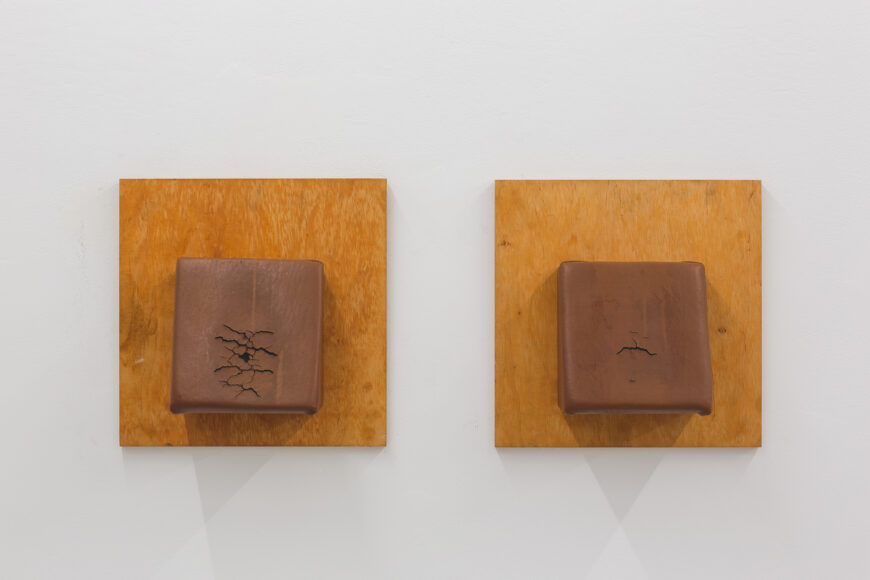Holmer Feldmann & Andreas GrahlThe Cabinet Of Ramon Haze curator: Jakub Bąk
4.12.2021—28.2.2022
Accompanying events calendar:
31.12.21 Friday 2pm |CURATOR’S TOUR | Jakub Bąk
14.01.22 Friday 7pm | CURATOR’S TOUR | Jakub Bąk
31.01.22 Monday 7pm | ARTIST IN CONVERSATION | Holmerem Feldmannem
11.02.22 Friday 7pm | CURATOR’S TOUR | Jakub Bąk
28.01.22 Monday 7pm |finissage| ARTISTS IN CONVERSATION | Holmer Feldmann & Andreas Grahl
What was the art of the 20th and 21st centuries like? Which names and works of art have survived? Will it still be possible in the future to identify dreams and fears, emotions and ideas, desires and passions of our epoch?
Ramon Haze is a detective and art collector living in the future. He commissions Holmer Feldmann and Andreas Grahl to obtain, preserve and catalogue artefacts regarded as being among the greatest works of art left behind by our civilisation. The collection comprises works by such artists as Marcel Duchamp, Jeff Koons, Andreas Bader, Ilja Kabakov, Daniel Burren, Charlotte von Schmerder-Kutzschmann, Ruth Tauer, Piero Manzoni, Josef Scharlamann, Jonald Dudd, Franz Erhard Walther, Constantin Brâncusi, or the completely forgotten Edward Baranov-Knepp.
The works collected on behalf of the fictitious collector were first put on show in the cellars of the abandoned Leipzig factory where Holmer Feldmann and Andreas Grahl lived in the mid 90s of the 20th century. The moment the “East” ceased to exist almost its entire spiritual and cultural heritage ended up in the dustbin of history. Objects deprived both of their function and symbolic sense in the eyes of Ramon Haze became a reservoir of aura, as well as of alleged value, symbolic and material alike. The pair of artists have used abandoned objects to develop a postapocalyptic narrative in the form of a private art collection. The fantasy installation which from the aesthetic point of view is in no way inferior to the most valuable museum collections is also a form of ironic criticism.
Categories that describe works of art produced by society facing downfall, such as arbitrariness, discursiveness and materiality, need to be supplemented with those of exhaustion, pure potentiality or fortuity. During the period of 20 years since the first exhibition, when the world said farewell to history and seemed to be steadily moving towards universal success the collection and the idea behind it became topical again. The threat of catastrophy has returned, this time of total catastrophy. The pessimistic climate of our times and increasingly serious overlapping crises make the vision which materialised in Ramon Haze’s study particularly attractive today.
This exhibition has been organised as part of the programme run by the Foundation for Polish-German Cooperation and by supporting institutions: Poznan Municipal Authority, and Wielkopolska Regional Administration.
The arrangement of the exhibition was possible in collaboration with The National Museum in Poznań. We would like to thank all people and institutions for their help in organizing the exhibition.

